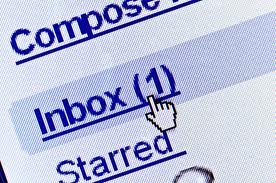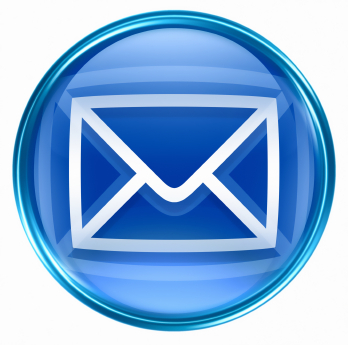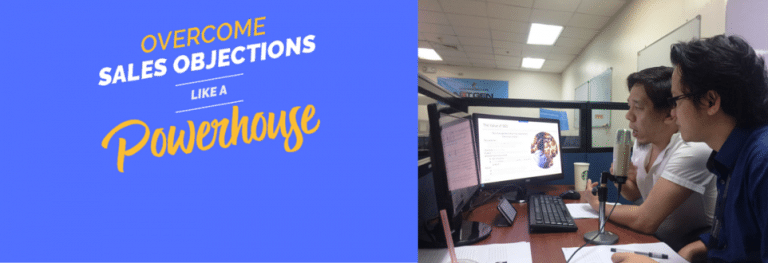Sending out email newsletters is one of the easiest ways to reach your target audience. Email correspondence brings you one primary challenge though: ensuring that your message reaches your target audience’s inbox. I want to share some practices that will help ensure your emails will reach their intended recipients, and not the dreaded spam folder.
Relevant Content, Relevant Elements
It’s easy to say “Write content with your audience in mind, write for real people,” and this is true. You should write content that gives your audience information. What you may not realize, though, is you need to focus on all elements of your email being contextually relevant. Think of the basics you may overlook:
- Your subject should be relevant to the body of your message. It’s easy to overlook this when you want to catch people’s attention and increase your open rate, but if your subject is not related to the content of your email, you will be marked as spam.
- Your body should explain your information / news clearly, and let your reader know what’s in it for them. It doesn’t have to be long – it could only be a few sentences short – as long as it covers your entire message for that email. Make sure it’s easily readable; Divide it up into chunks and bullets if necessary.
- Your images should be related to your copy. Don’t choose random images that are not relevant to what you are trying to say just to make your email look better. Make sure they’re clickable and that they contain alt text explaining the image to plain-text email recipients.
- Have clear, persuasive calls to action. This is what sets authentic email messages from spam. You know what you want your audience to do, get them to do it! Your headers should be persuasive, your links should be clear calls to action, and your content should have a sense of urgency.
Basic formatting rules also apply – use fonts between 8 and 14 pts. large, avoid using Flash and other types of media that take longer to load, spell-check before sending, and do not capitalize words fully. Choose your font color carefully, as email filters read many messages with light grey, red, and invisible fonts as signals of spam. Make sure you use the appropriate title and header tags in your copy. These may sound like basic optimization rules, but they apply to your newsletters and email blasts as well. Use your SEO strategy as criteria: What would you not do to on-page content? What would you want to see?
Including Trust Signals
Every email you send should include trust signals that tell email service providers you are a trustworthy sender. You normally find these signals at the header and footer of each newsletter or email. By providing these information, you confirm several things:
- That you have a physical address, and that you can be contacted by means other than email
- That you have a policy that protects recipients’ information from being used inappropriately
- That you are not sending an unsolicited message (which is not permitted in some parts of the world – you need to be very careful with this).
Before sending your email, make sure you include your company’s name, physical address, and complete contact information. Include links to unsubscribe and to your privacy policy in the footer, and a short note explaining why recipients are getting your email. This is easy when you are using an email publishing platform because they require all this information and automatically add it to your messages, but if you’re doing it manually, make sure you create a template that includes these.
Boosting Deliverability and Open Rate

What recipients usually see vary from simple blurbs containing two to three lines of text, to part of your email body text, to part of your email body with images. The text that appears in the preview pane should contain your main message and should be engaging and compelling. If you have images, logos, links and calls to action, make sure that they appear on the preview pane. This ensures that your recipient knows what you want to say and what you want them to do after reading your message even before opening your email.
These basics should help you get started on a successful email marketing campaign. Monitor updates on spam laws in your region, and keep changing your strategy, and you’ll maintain and even increase your email deliverability in no time.
We’d be happy to help you with your campaign. Email newsletters are part of our new product developments, which we’ll be launching this May 1st. Talk to your account manager today to find out how we can help boost your email marketing. If you’re not yet our partner, sign up for free today to get our complete online marketing solutions




